3. Space
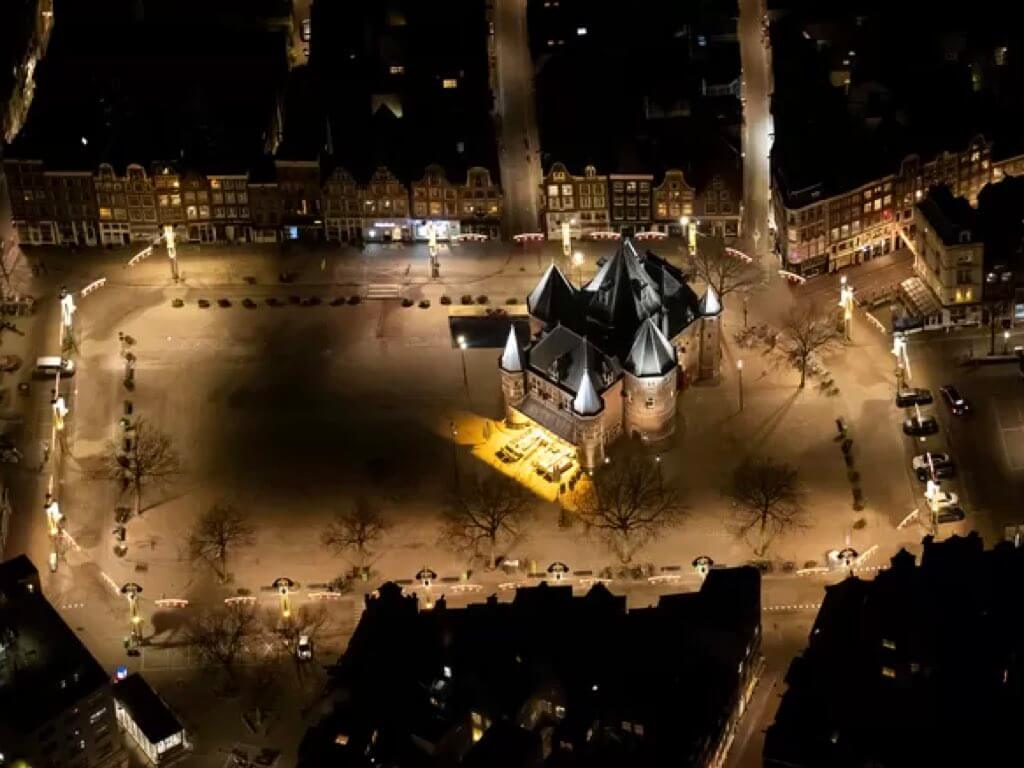
Photo: Eva Plevier 2020
Waag - History¶
The performance/experience I want to create needs to take place somewhere. When thinking about where I could situate it, I was at the Fablab, which is situated in an old building known as De Waag. The building originates in the 15th century and during the first period of its existence it was called St. Antoniespoort, meaning the gate of Saint Anthony. As such it was one of the gates to the city of Amsterdam. Even though one of its facing bricks reads: MCCCCLXXXVIII de XXVIII dach in April wart d'eerste steen van dese poert gheleit (on 28 April 1488 the first stone of this gate was placed) there are documents from before this date that mention the gate. Historian Jacqueline de Graauw writes that most probably the oldest part of the gate dates from around 1425, when the city expanded with the two canals alongside where the gate is situated. The two smaller towers were most probably added later, and it is believed the facing brick refers to the date this pre-gate was added to the building. When the city expanded during the 16th century, the building lost its function as a gate to the city.

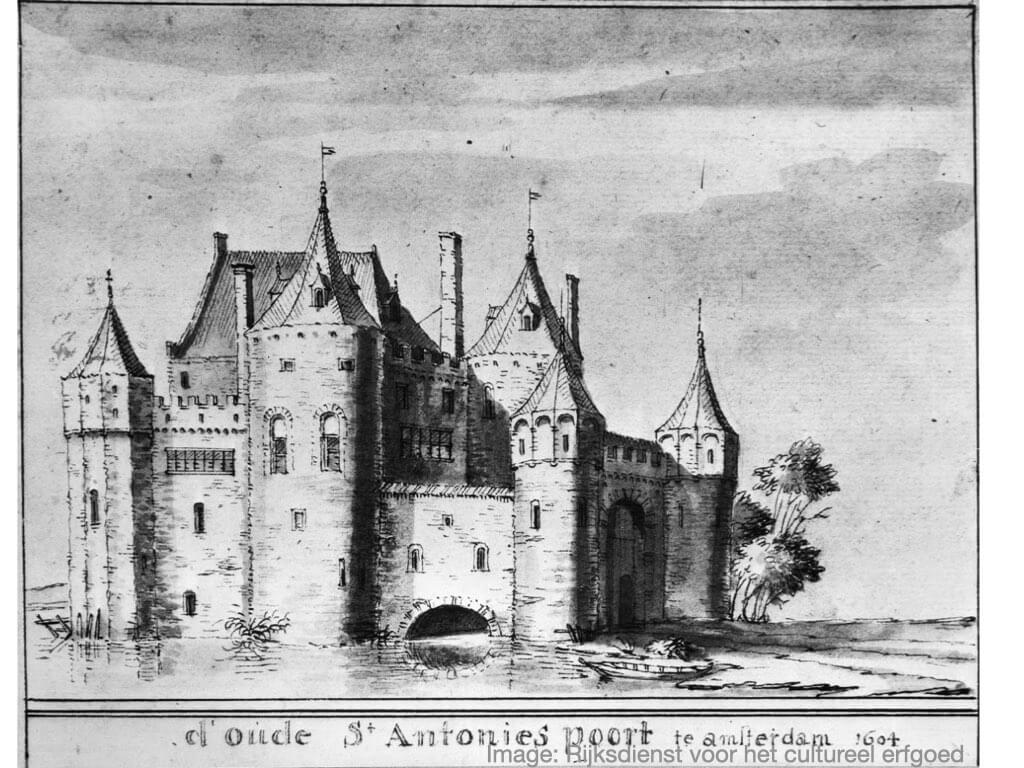
In 1617-1618 the gate was expanded and arched over to serve as a weigh-house since the one on the Dam had become too small. This is where the current name originates from ‘Waag’ refers to weigh-house in Dutch. In the upper parts several guilds were housed, each with their own tower and entrance. Wikipedia, furthermore, mentions some interesting facts:
- The walls of the gates were almost 2 meters thick.
- Building the Waag cost 5305 guilders and 5 pennies.
- During times of peace, the towers were used as prison.
- During the first half of the 19th century, death and corporal punishment were conducted right in front of the building. There even was a guillotine.
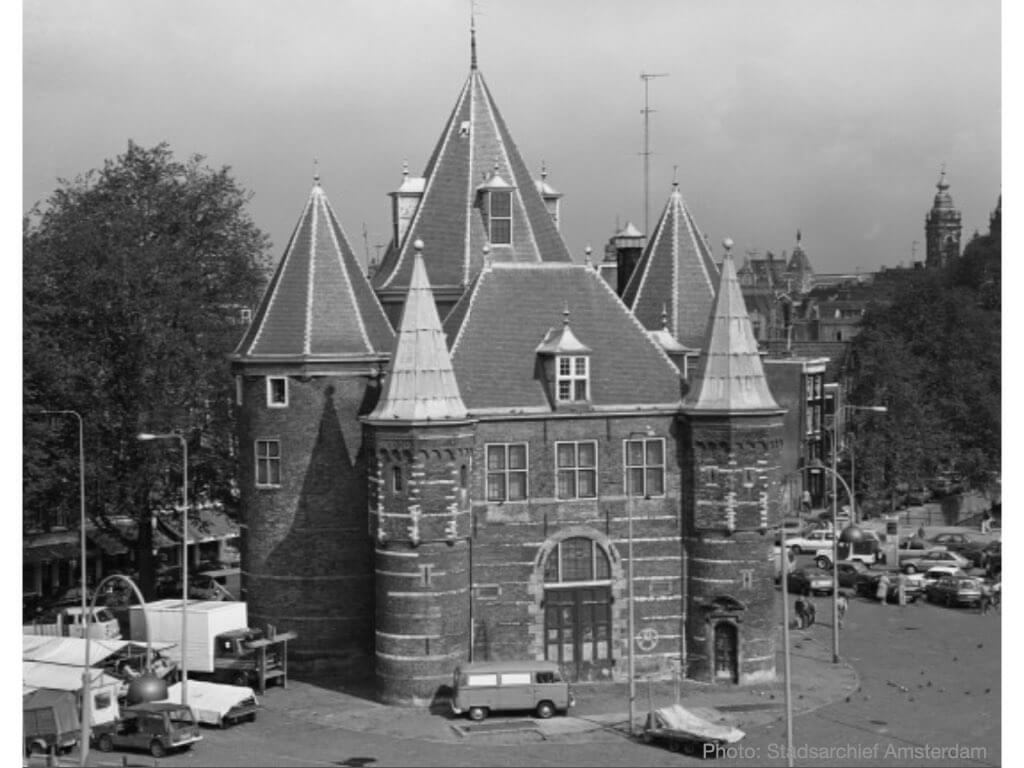
De Waag in the 1960s

De Waag in 2020
Klompenmakerstoren¶
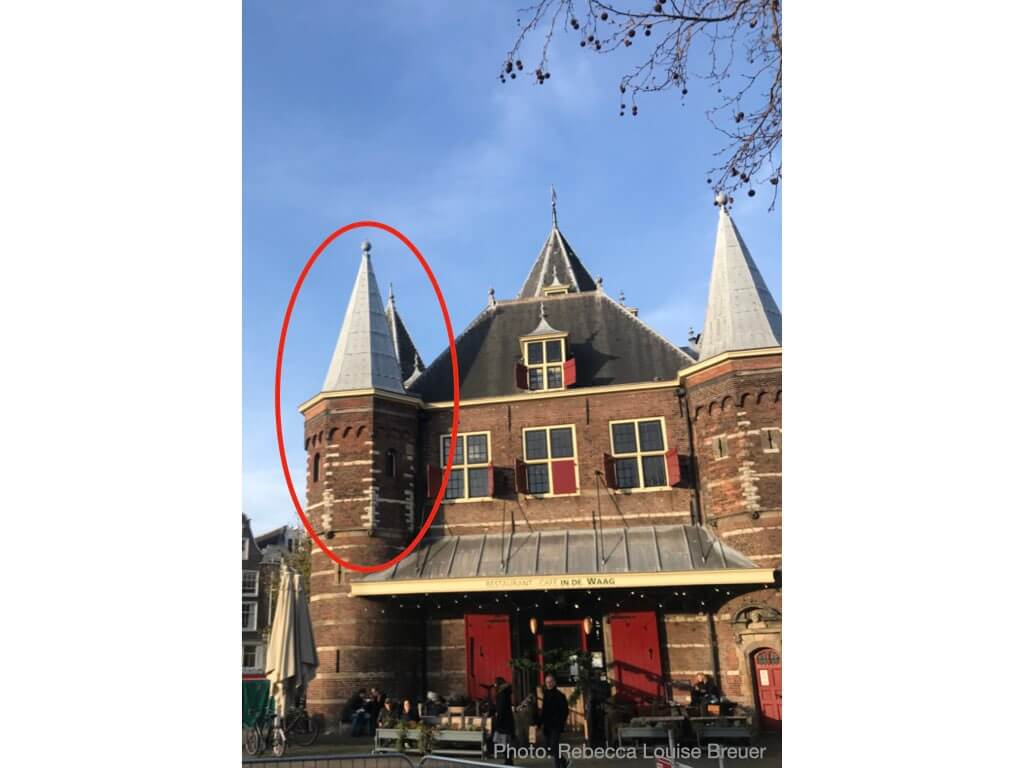

I’m interested in one specific space in the old building and some research learnt that this is the Klompenmakerstoren, which translates as the tower of the clog makers. This tower is part of the front gate and as such was most probably built around 1488. During the 17th century, when the gate lost its purpose, the interior of the tower was used by the guild of clog makers.

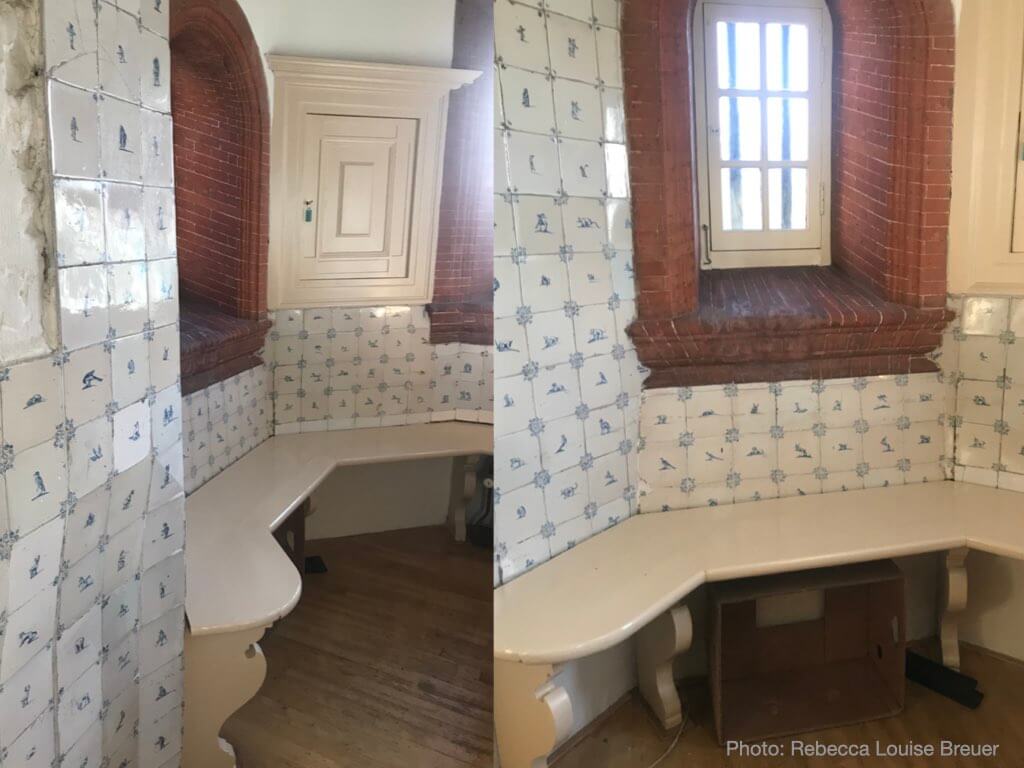
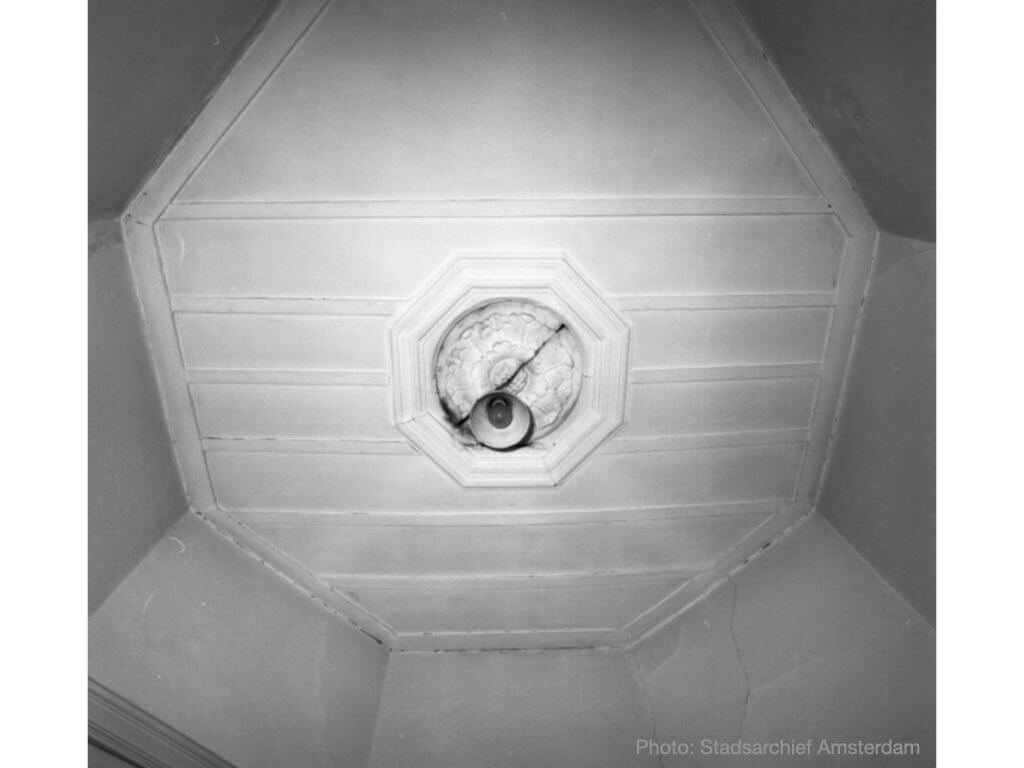
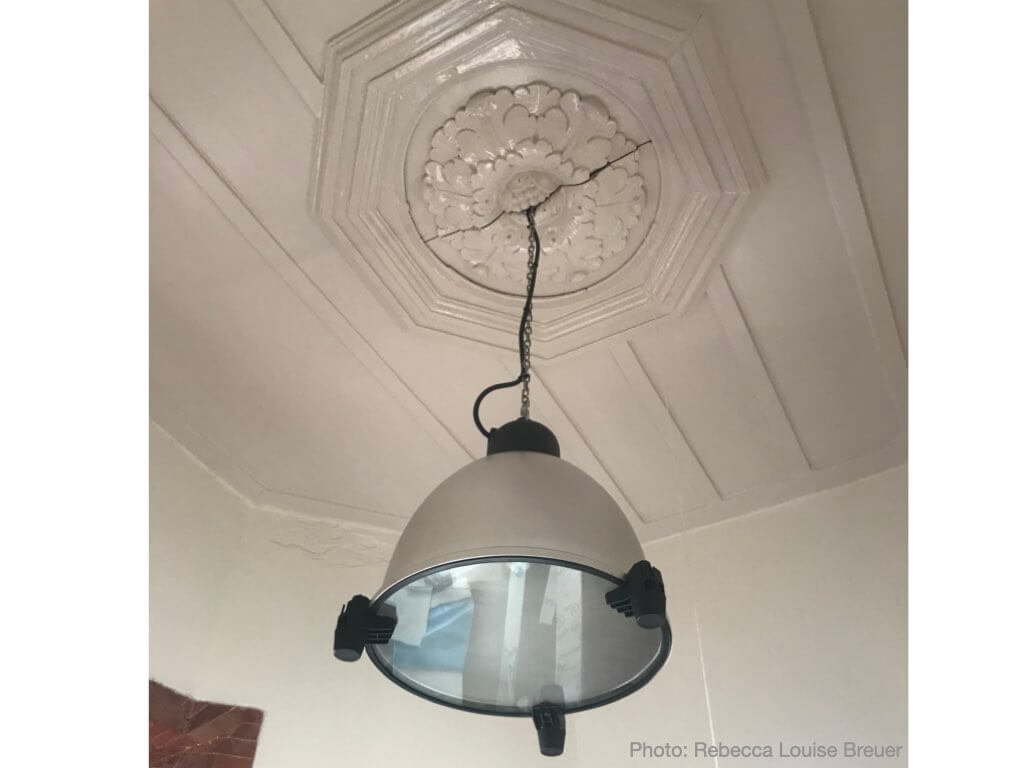
The space has the shape of an octagon and it has a wooden bench on all sides exept on the side of the entrance, of course. I do think the lamp is distracting and would like to see how easy it is to take it out temporarily, if not, I’ll think of a way to hide it. The wooden bench I find very interesting, even though I’m not sure yet what to do with it. I can imagine the clog makers having their meetings these, perhaps smoking those old white clay pipes and discussing new techniques or the quality of the wood they have harvested.
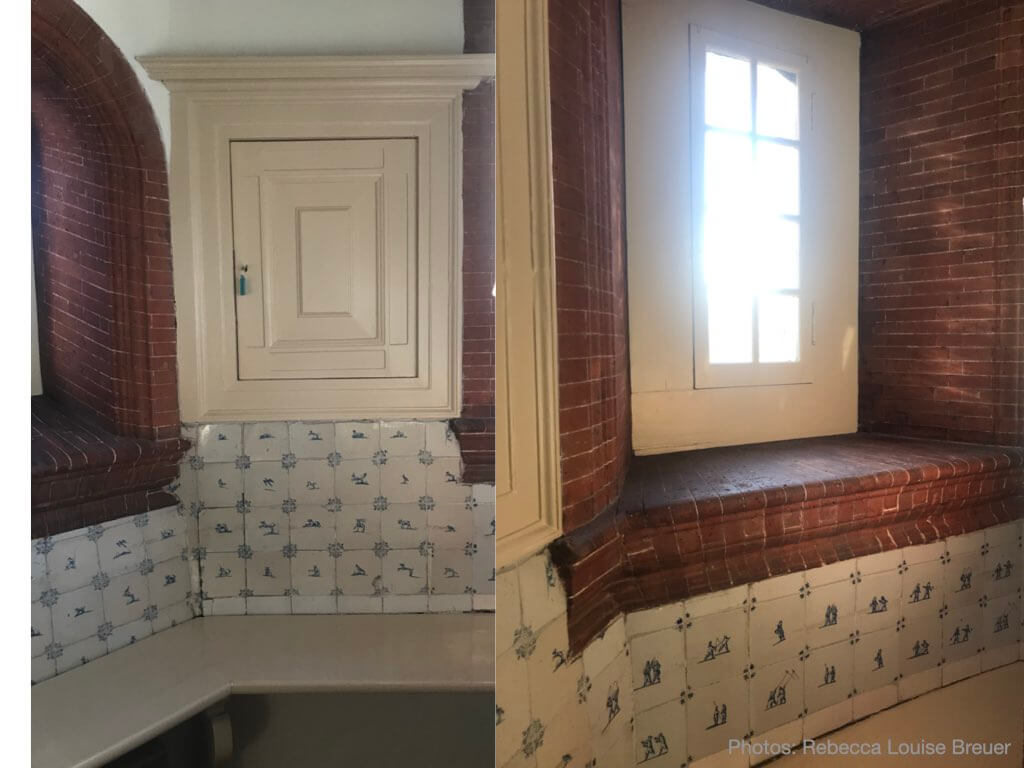
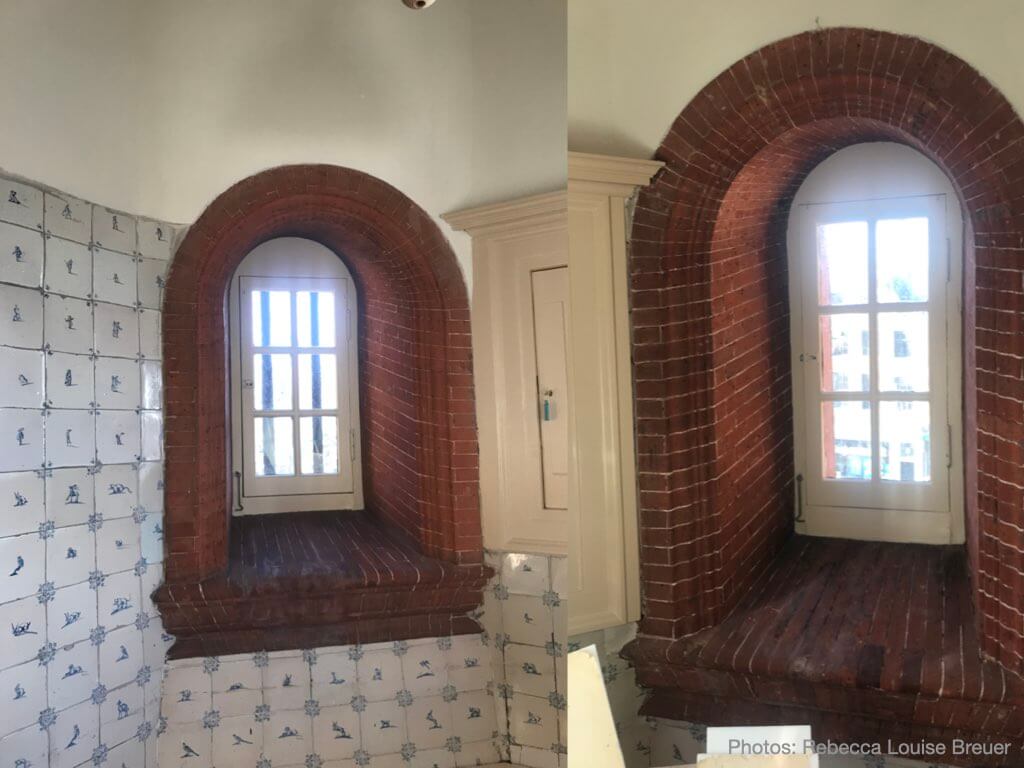
There are three windows and two cupboards that I haven't opened yet.

The many different Delft blue tiles are remarkable, and I would perhaps like to do some more research into their exact origin. For now, I found a website selling some tiles that look like the ones in the tower chamber called ‘De Duif’ which translates as the pigeon.

This little fellow looks like he is playing marbles. Although he could also be klootschieten.

Not sure what these little men are depicting.
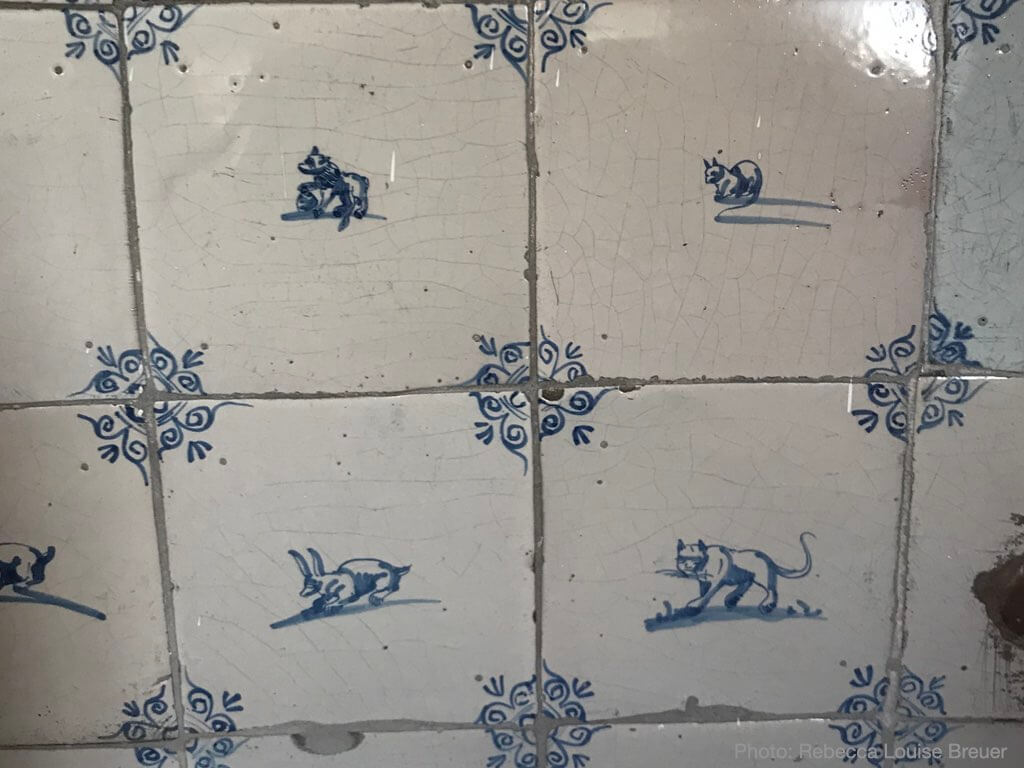
Cats and rabits

Birds and dogs.

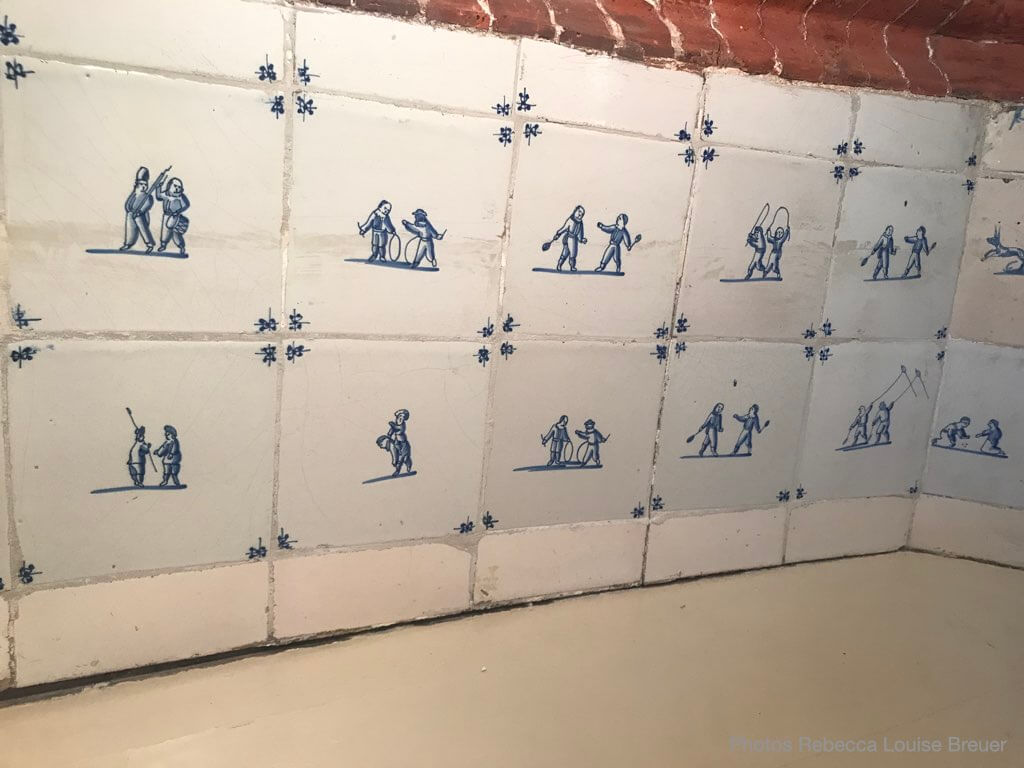


I’m not sure whether I would like to be inspired by the tiles, nor have I, at this stage, figured out what to do with the space exactly. I think I would like to spend a day inside the tower experimenting with some materials, shapes and settings. But first I need to source some materials like fabrics, which surely isn’t easy during a lockdown with all non-essential shops and markets closed. Let’s hope they open up soon! In the meanwhile, I will work on the technologies and will start thinking about the ‘bodies’ I want to make, use and move.
The tiles in the Klompenmakerstoren originate from the 17th century and must be directly linked to wealth gained due to international trade over sea. The blue colour was typical for Chinese porcelain, also known as ‘china’. In 1602 the Dutch East India Company Vereenigde Oostindische Compagnie, VOC was founded. Apart from textiles and silks that were imported from India, in the early period, later spices and from 1620 Chinese porcelain was imported over sea. Millions of pieces of porcelain were shipped to Amsterdam (Nederlands Tegel Museum). After the tableware was introduced to Holland, from 1640 it was being copied and the artefacts known as Delft Blue saw the light. Hence, it is most probably that the Clogmakers Guild decorated the tower with Delft blue tiles around the middle of the 17th century.

Creating a scale model¶
Inspiration¶
Atmospheric Space
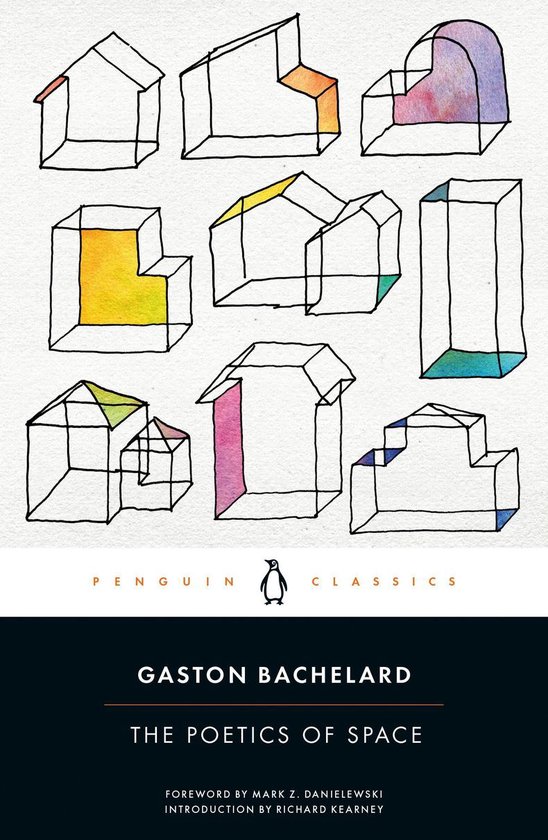
This book I would like to find the time for to read. Let's see how I go.
Colour and Theme I'd like to dye some cotton indigo because its resembles the blue of the figures on the tiles known as Delft blue, but actually from China. Also the theme of play that is depicted on many tiles I find inspiring, but perhaps this will too easily overtake the felt-body concept that needs to be central for me.
Shape and Material

I saw this lamp in a shop window and it reminded me of the octagon hape of the tower. The thin cotton, furthermore, reminded me of my last century performances.